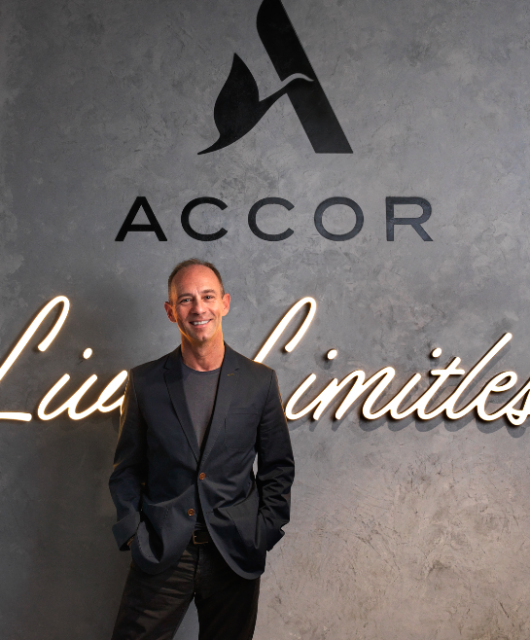We’ve Got To Keep AI “Under Human Control,” Microsoft President Tells CNN
The pace of change in the development of artificial intelligence is vast, and with it the concerns for restraint are growing more insistent.
One of the key beneficiaries of the AI revolution is also one of the strongest voices calling for smart and swift regulation: Microsoft.
Microsoft Vice Chair and President Brad Smith spoke with CNN’s Julia Chatterley this week on First Move about his five-point plan to provide AI regulation and safety without stifling innovation.

Key quotes from Smith:
On why humans must remain in charge of AI:
“AI has so many benefits it can bring to the world, but we have to keep it under human control and we have to advance safety together with innovation. That does require a baseline – I think both voluntary steps by those who create it and deploy it, and we will need guardrails in the form of new laws and regulations.”
“It really was this decision to embrace the word ‘co-pilot’ that for us described what we should want AI to do: help humans do things better, not replace humans or take them out of the loop.”
On whether there is a risk of extinction from AI:
“I don’t think that is imminent… But, it’s good to be clear eyed about all of the things that might go wrong… [A guardrail] enables humans to stay in control and slow something down or turn it off. And we should have that for artificial intelligence as well, especially when it’s controlling critical infrastructure like the electricity grid or the water supply. And we ought to have it at multiple layers, both the application that is controlling something and the data center where it’s deployed.”
On who should be in charge as the circuit breaker in this case:
“We need both companies and government, and frankly civil society and NGOs, to talk together, and we’re going to need multiple layers. When you really study what works for us every day, what you find is two things that fit together: one is a technical standard, and the other is government regulation that requires everyone to apply the technical standard.”
“Let’s bring industry together to help develop technical standards, and let’s expect our governments to move quickly so that there is a common approach and we don’t have the kind of divergence or race to the bottom that would put safety at risk.”
On whether we are showing the urgency to create guardrails quickly enough:
“I think we are…. Rather than talk about slowing technology for six months, let’s speed up safety conversations and take real action in the next six months.”
On how the U.S. Congress should act:
“I think we should look in the United States to this Congress to do something before the end of this year. Every December the Congress passes the National Defense Authorization Act: put in place some guardrails for this technology, including guardrails to protect the national security of the United States.”
“If we are focused and we prioritize the problems we want to address first, and we’re constructive, we absolutely can take steps by the end of this year.”
On whether he believes technology like Chat GPT was unleashed too early to an ill-prepared audience:
“We should keep our wits about us. When people talk about death by PowerPoint, they don’t mean it literally… I don’t think things have moved too early. The truth is if you want to learn how technology really works, you need to put it in the hands of real people and get real feedback… This is how we learn and how we then act on what we’re learning.”
On the benefits of AI for society:
“I think the upside is enormous, and it will impact all of us in positive ways. It will give us access to better healthcare, it will help us cure diseases… We can bring economic development to the world more broadly. We can create better productivity growth in a world that is short on productivity growth.”





